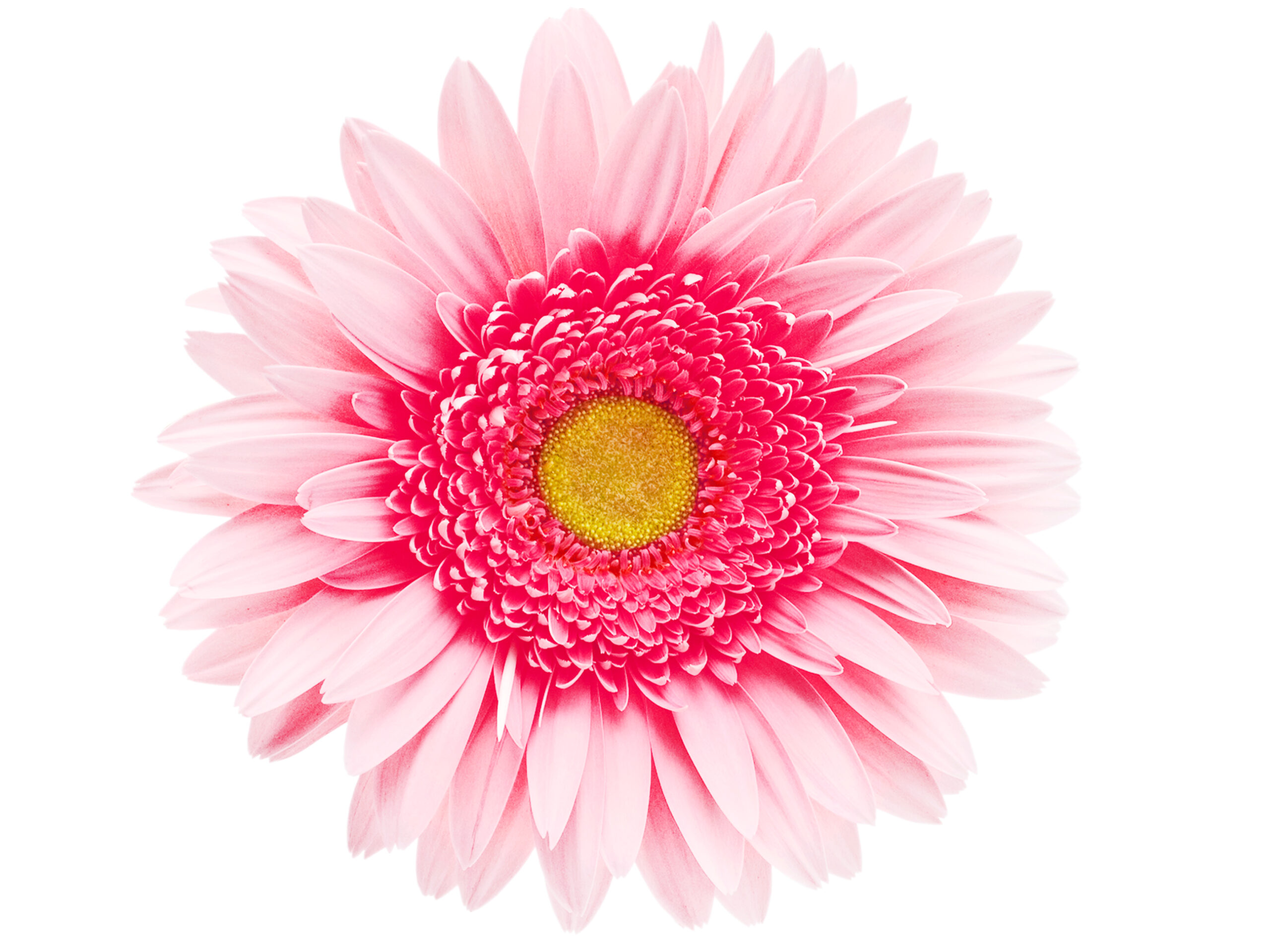Hello!
I love this flower, they are so beautiful. I have some seedlings, bare root and blooming plants growing. Recently purchased potted plants already in bloom and planted bare roots in containers to add to my gardens this year. The variety I have, I believe, all of them are the McKana variety. The seeds, bare roots are mixed color and the plants in pots are violet and white, and I think pink and white or red and white.

History of the Columbine plant
The botanical name is Aquilegia and is from the Latin word Aquila, which stands for “eagle” because the flower resembles a birds claw. The common name is columbine is from the Latin word, which stands for “dove”. This plant has inverted flower was thought to resemble a cluster of birds together.
About the Columbine Plant
The botanical name is Aquilegia spp. with the common name is Columbine. This plant is considered a herbaceous perennial.
- Mature size – 15″ to 20″ tall and 12″ to 18″ spread
- Sun – Full Sun to Part Shade
- Soil Type – Well Drained soil and medium moisture
- Soil pH – Mildly Acidic, 6.1 to 6.8 is preferred
- Bloom Time – Late Spring to Early Summer
- Flower Colors – Blue, Orange, Pink, Purple, Red, White and Yellow
- Native Area – Northern Hemisphere, Meadows and woodlands
These flowers can be purchased from a garden center or nursery and can be started from seed.
Propagating the columbine plant is not easy, as it has deep roots. You will need to dig deep and circle around the plant to divide this plant. Pull up without breaking the soil ball and divide quickly with a sharp instrument. Keep as much soil around the roots as possible and replant quickly. Don’t leave the root ball out.
Seed propagation is much easier. After the flower petals have dried up, you can harvest the ripened seed pods that are inside and break them open to get the black shiny seed inside. Store them in a cool place to overwinter them and plant in the spring or start early indoors in containers.
Columbine Flower Care
When planting, columbine flowers the crown should be at soil level. However, seeds can be direct sown throughout spring. Seeds can be slightly covered with soil, barely covered. When starting from seed, it may take up to 2 years to enjoy these beautiful blossoms. There are several columbine flower varieties and tend to be a short-lived perennial but they do re-seed themselves and continue spreading and remain in your garden for years to come.

Use a water-soluble formula monthly. This will help the columbine plant grow thick foliage and bright flowers.
You will want to deadhead the flowers that are done. This will encourage additional flowering. If you don’t want the plant to re-seed, then cut back the foliage and seedpods in the fall.
Where to Plant Columbine Flowers
When growing columbine flowers, the best place for them is partial shade, they can tolerate full sun in the spring but after the blooms are done and are re-building their energy to store for the winter, they like some shade from the summer heat.
Columbine flowers can do any type of soil to grow in but they will do better with sandy, loamier soils and not heavy clay soils.
The new columbine plants will need to be kept moist until established. You can determine their establishment by seeing new shoots of columbine plants starting to grow. The columbine flowers still need to be well-watered during dry spells.
The columbine flowers, are sensitive to high temperatures. This plant likes cooler temperatures will induce more flower production.
Columbine Flower Varieties
There are 10 common varieties of the columbine flower, there are definitely more varieties but these are the common ones. I hope you find this helpful when deciding which variety you want for your garden. All the columbine plants like full sun to part shade. They like the shade in hot summer days. 
Aquilegia Alpine – also known as Alpine Columbine. This is native to the Alps on the mountain slopes and in Europe in the meadows. Blooms 4 to 6 weeks from late spring to early summer and could re-bloom in the fall. They can grow up to 18 to 24 inches tall. Nice plant for cottage gardens, flower boarders, shade gardens, neutral areas and flower beds. Attracts hummingbirds and butterflies.
Aquilegia Atrata – also known as Dark Columbine. This is native to Switzerland and Northern Europe showing in the forest clearings and alpine meadow. This columbine flower has the deepest colored flowers. Each stem can have up to 10 flowers and grow 24 inches tall. Nice plants to add to any cottage garden and any flower bed.
Aquilegia Caerulea – also known as the Rocky Mountain Columbine. This is native to New Mexico and Arizona. This variety has two-colored blossoms that are star-shaped. The petals have a creamy-white, sepal and spurs are violet-blue, with yellow stamens. This plant can grow up to 24 inches tall. These flowers are nice for cut flowers as they can survive in a vase up to 2 weeks. They are also nice to have in your flower garden, cottage garden and really nice in a rock garden.
Aquilegia Vulgaris – also known as Granny’s Bonnet. This is the most popular of the columbine flower varieties. This is native to Europe. This columbine plant is bushy and forms clumps. The flower colors can be violet, blue, pink or white. The leaves of this variety are gray-green color and are round shaped. This plant grows to 16 to 20 inches tall. These are great cut flowers and are attractive in any garden bed, cottage, rock and shade gardens. 
Aquilegia McKana – also known as the McKana variety. This is one of the prettiest of the columbine flowers. Mostly bi colored with long spurs. This variety comes in many colors, blue and white, red and yellow and purple and pink combinations. The foliage on this plant is like a fern and low maintenance. Also, beautiful in cottage, rock, flower and shade gardens.
Aquilegia Canadensis – also known as Red Columbine. Another common type of columbine plant. Native to Eastern North America, to rocky slopes and woodlands. This variety is red with yellow stamens. Flows the same care instructions as all the other columbine. This plant also does good in containers and great additions to any flower garden.
Aquilegia x hybrid – this is a Hybrid not native to anywhere. Has foliage like a fern and spurred blooms. Comes in many colors; blue, pink, red, yellow and violet. This plant can grow up to 3 feet tall and grow in clumps. This plant likes constant moisture but not waterlogged. These are a great cut flower and dried flower for decorative purposes.
Aquilegia Flabellata – also known as Dwarf Columbine or Fan Columbine. Native to Japan and Korea, eastern Asia. This plant grows 8 to 12 inches tall. The dwarf columbine flowers are blue-violet or pale blue color with creamy-white shade petals.
Aquilegia Chrysantha – also known as the Golden Columbine. Native to southwestern regions of the United States, from Utah to Texas and northern Mexico. This plant is bushy and grows up to 3 feet in height, has five yellow petals with long spurs that point backwards. The flower has yellow-colored stamens in the middle. Great options for cottage and shade gardens.
Aquilegia Pubescens – also known as Sierra Columbine. Native to the Sierra Nevada Mountain area. This type of variety the flowers are erect, with creamy-yellow to pink colored sepals. The blades of the bloom are cream-yellow. The spurs are pink, yellow, or cream color. 
Happy Planting!
Hummingbirds and butterflies are highly attracted to the columbine flowers.
I hope you found this information helpful for how to care, where to plant and learn about the different varieties of the columbine flower and where they are native to.
Do you have any columbine in your flower garden? Please leave a comment below, I would love to hear from you!
Cheers!
Chris



Have you ever asked yourself what is the best way to organize my garden? Light, the best is to try to orient the cultivation plots facing south, avoiding that our orchard is under a tree (it is not recommended at all). Water must be available. And shelter from the winds is something that has to be considered. We can plant trees or perennial shrubs to the north and west of the plot. It will avoid cold winds in winter.
Hi Paolo,
That is a great idea, the best way to organize my garden. Companion plants, lighting, watering needs. I am getting ready to start a raised bed vegetable garden and knowing which plants are companions is a great idea. Thank you for contributing to the post.
Hi Chris, Although, I am new to gardening, I love the Columbine plants and my favorite are Aquilegia Vulgaris and Chrysantha .As i was reading the post, I felt as if I was taking a tour through your garden. The experience was over the top, I could smell the honesuckle scent, your information was detailed from start to finish. Moreover, I embrace your ‘LOVE’ for gardening that I decided to purchase plants already in bloom. On the ohter hand, you mentioned propagation, my question to you- When I begin to harvest the Columbine Plant should I place seeds in a plastic covered container or mason jar?
Thanks for the information.
Hi Sharon,
I think either would work for keeping seeds. I also saw people putting them in envelopes too. I am adding all white columbine to my moon garden once I get it ready to plant. Thank you for your comments.
Hello Chris!
My mom would really love this post. She’s starting to have more and more plants these days. I didn’t know that there are different varieties of columbine flowers. Well, it’s the first time I heard of this plant. Do you think would survive in a place with a warmer climate? ‘Cause I’m from a country wherein it becomes really hot during summertime.
Regards,
Jeelah
Thank you for your comments. Columbine flowers like full sun but the heat of the summer they would be fine in part shade.
I was just having a read at your article and i found it very interesting. I think flowers look lovely. But unfortunately I’m not much good with these types of plants. I find myself suited better to cactus and indoor plants that require mimimal maintenance and that only need watered once in a while.
The Columbine flower is a beautiful flower and a perennial. They don’t need much care either just water once a week or so depending on your climate I think you could do it. Thank you for your comments.
Hi Chris, what a lovely article and what beautiful blooms your columbine plants have. I would like to plant them too, but my balcony is most of the day sunny and I’m afraid they will not survive during the hot summer. Can I plant them indoors as we do with orchids?
Thank you for sharing this great information.
Alketa
Hi Alketa,
They may not like the extreme heat in the summer. I would say you could bring them in if planted in containers but still keep them in a sunny window. Flowers need the sun to bloom. Keep them hydrated during the really hot days. Thank you for your comments.